Beware False Economies!
by Owen Garratt | The Art of Marketing
ARTISTS: Beware False Economies!
Do you look like a Serious Artist, or a small time cheapskate?
S ure, being an artist can be tough going, especially if you’re just starting out. Sometimes there’s too much month at the end of the money.
But are you getting so focused on survival skills that you’re neglecting your prosperity skills?
Artists are always looking to minimize cost, cut corners, and do things on the cheap.
Uh oh. The C word. Cheap.
The unfortunate thing about cheap is, when you’re focused on it, you very often get exactly what you’re focused on. You look cheap!
ARTICLE CONTINUED BELOW INFOGRAPHIC
If you want to be a successful artist, you must avoid cheapness at all cost! I’m not suggesting that you swing the pendulum and be wasteful or a conspicuous consumer either, but there’s two things you need to understand about clients:
1. They need to have confidence in you. Nobody – you and me included – feels good about spending money on ANYTHING that doesn’t seem like a solid bet. We won’t spend a dollar on a hot dog if that hot dog cart is held together with rusty wire and bubble gum, or if the vendor looks like something that sprouts on logs after a good rain.
So what makes you think someone will be miraculously forgiving of your sloppy business methods and spend large?
They won’t.
2. Success breeds confidence. So if we give that rumpled hot dog vendor a wide margin and turn the corner and see a shiny food truck selling uptown hot dogs and a lineup 10 people deep, what’s our perception of that guy? He must be good – he’s got folks lined up, his operation looks snappy, it inspires confidence. And it shouldn’t be lost on you that he’s getting $10 for his hotdogs!
Here’s a few of the most common ways artists shoot themselves in the foot by being foolishly cheap:
1. Not having their own website and kidding themselves that an Etsy or Facebook page is enough. You can still have those things, but they should feed your website, not the other way around.
2. Having their website on some kind of free or shared hosting so their web address is www.whateveryoursite.wordpress.com. This screams “I can’t even afford a website!” which translates to the client as “She’s not a serious artist and we’d be wasting our time and money!”
3. Combining their art website with their other activities. If someone’s gone to see your art, don’t confuse them with your pages about interpretive dance lessons, transmission repair, taxidermy, and weasel breeding.
4. Using a gmail, hotmail, Apple, or heaven help us an AOL email account. You need your email to be in the format of ‘name@yourwebsite.com’. If you have one, you should have a couple of accounts such as contact@ sales@ and so on.
5. Using their home phone number and messaging for business. If you call a business, you don’t get a message that says “Hi, this is Mama; Papa, Little Johnny, Little Janey, Roofus the cat, Fluffy the Dog, Sleepy the Goldfish, and Dennis the Hermit Crab can’t come to the phone…”
If people are actually calling in regards to your art, don’t inflict this on them. Get a special number and have someone OTHER than you leave the “Leave a message”, message. It makes you sound like you’ve got a bigger operation!
6. Not having a website where people can actually buy something and/or not being able to take credit cards. Seriously. How can you expect to sell something when it’s impossible for them to buy?!
7. Printing off their own business cards and stationary at home. Ye Gods. Lots of places will make you 500 professional cards for almost as cheap as those self-print business card packs, never mind the ink, so why are you screwing around with it?!
8. Using crappy photographs. Either learn to do it correctly or cough up some dough to get it done right. Better not to show anything than a blurry, ill-lit, smudge. How is that attractive?! See our article on How To Photograph Art.
You needn’t overspend or waste money
But lots of artists make excuses like “When I begin to sell, I’ll make stuff better!”
Uh huh. The problem is that being stupid cheap is creating barriers to the sales they could be making!
Beware False Economies!
(ATTENTION: Crass commercial message!!!)
QUESTION: Would you offer to take me out for a beer and sandwich to pick for the chance to pick my brains for a couple of hours?
Yes?
Then get The Fast Start Art Marketing Primer.
It’s what I’d tell you face to face, and it’s cheaper than buying me lunch… 😉
Check out the Fast Start Art Marketing Primer!
“Just a note to say thanks to Owen for his courses. It has already changed my whole concept of marketing my work and makes me actually feel in control of my future. Thanks Owen!”
Tony Alderman
Durham, NC
“I’ve gotten great value out of this course. It really speaks to the artist in a no B.S. way that clears the mental clutter, and gets you to pay attention to what you really need to get the ball rolling.”
Fay Wyles
San Clemente, CA
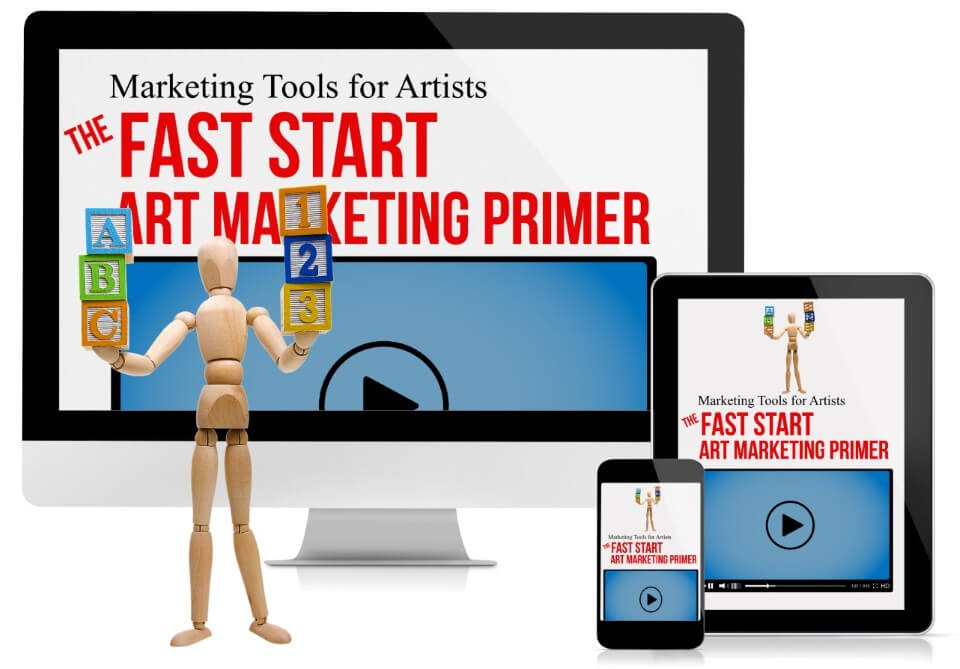
“It was light-hearted, it had charm and humour and kept me engaged the whole time! I loved it!”
Suzi Campbell
Melbourne, Australia
“The first or second lesson got my money back in multiples already. So brilliant…you shook me!”
Marta Spendowska
Domino, OK
“Owen’s course literally saved me from a slippery path that I would probably have never recovered from.”
Gregg Arnold
Kingman, AZ

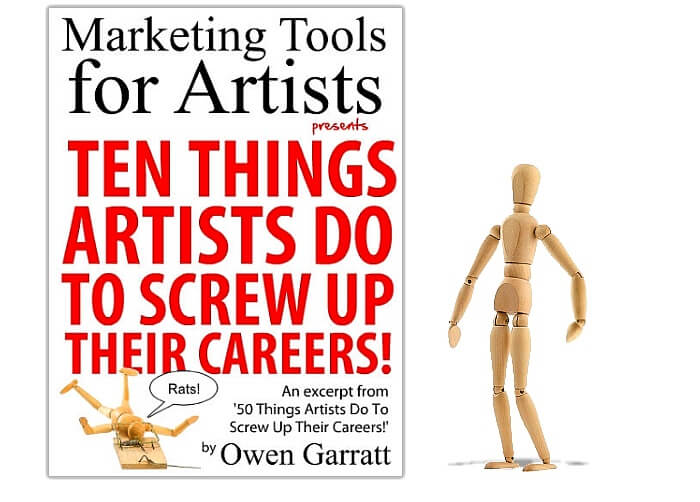


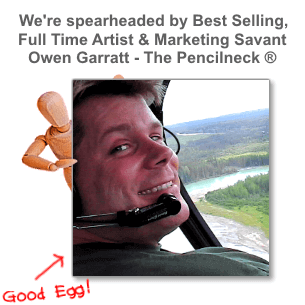
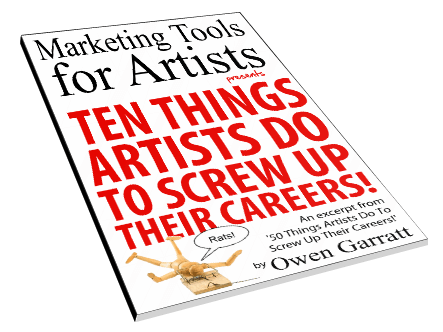
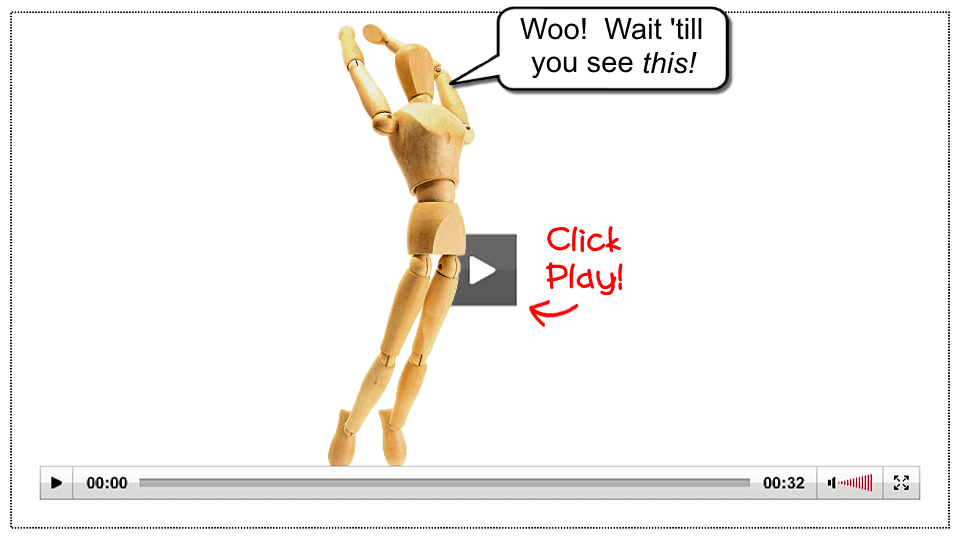
Great advise. Thanks!
Great post and yes I need to do some cheap fixing of my own :/
I took your course on Fast Start Marketing, and I spent a week on detailing my systems, I’m still editing, but one of the things that I noticed even if I don’t refer to them 100% of the time, just the fact that I wrote them down seems to have cleared all that stuff out of my head.
I’ve always been disciplined but now I know how I’m going to do various tasks and it clarifies and streamlines things. So any of those tasks that I can delegate like business cards …. and get back to the $100/hour job of painting… I do. Simple and obvious but sometimes it is the simple and obvious things that are hanging up the progress.
Okay, okay, I’ll stop letting my website gather dust.
I do have my own domain name and email address, and I pay for decent hosting; what kills me with the website is not cheaping out with money so much as cheaping out with the time and effort to keep updating it when my blog and Facebook are SO MUCH EASIER (and so many more people read them).
Another thing I’m going to add to this is that I’ve found it damaging to cheap out on materials.
No more cut-rate canvases where they weigh nothing and the ground on them has to be coated with something else so that the paint won’t sink in (creating extra materials and time expense) and the stretcher bars may warp from the tension applied to the canvas by drying paint. Nothing so fun as having to pay to have a commissioned piece re-stretched before you can deliver it.
No more buying “student grade” paints.
No more futzing around with cheap frames, by which I mean if it was made in China and looks that way, it stays on the shelf; genuine good deals at a real frame shop are fine.
My upgrades have been creating a positive feedback loop: I put a better frame on a thing, or use a better canvas, and I feel better about raising the price on it. I raise the price and then feel as if I need to continue upgrading my practices to reflect the higher value I’m placing on my work.
But, yeah. About that website. Ugh. I barely know where to start, and I don’t think I know ANY artist who has hired a website designer, even for a hefty sum, and not ended up extremely frustrated and in a constant struggle to get their site to behave and look the way they need it to.
Tracie? You get a tremendous round of applause – you obviously get it! And you’re spot on about the website designer problem. I don’t know anyone who’s been happy either. Not one. There’s a trifecta that needs to occur in an artists website, there has to be:
– the technical side
– the aesthetic side
– the marketing side (which means connecting with the audience)
90% focus on only one of them, 8% manage two of them, and at most, 2% get all three. And it doesn’t help that the targets are always moving…!
You make an EXCELLENT point about materials! I should’ve made it the ten things, because it’s absolutely vital. 🙂 I tend to avoid commenting on the art side and focus on the marketing side, but your observation about being able to charge more when you use the best materials is an absolute rule.
I don’t cheap out on my materials, and it’s not just a pride thing: it’s also a marketing thing.
Kudos to you, and thanks for commenting!
Hey Tracie,
I’m a professional artist and art instructor. I use PhotoBiz for my website. I could not be happier with how professional it looks or the functionality it provides for my customers. Plus, their customer service is out of this world.
BTW, Owen, I just found out about you yesterday. I cannot wait to absorb all of this great info and line up my thinking with yours! Thank you for putting it together and for having a good sense of humor about the whole thing.
Sincerely,
Josh
Thanks Josh! 🙂
Great info. Thanks, Owen!
Thanks Bertica!
Lots of great advice here! Much along the lines of “If you can’t run with the big dogs, stay on the porch!”
A little bit, yes! 😉
Seems I’m doing most of those right. My creative coaching and art are on the same site, though.
There’s no way of not being stupid cheap when you don’t have the cash to fork out for a professional photographer. And don’t tell me that it’s mindset. It’s maths.
Hey Linda! I’m afraid mindset comes into it. It’s not about resources; it’s about resourcefulness. As a mentor of mine told me a long time ago: “If you can’t make money without money, then you likely can’t make money WITH money, either!”
So if paying for professional photos isn’t in the cards, what’s the alternative?
You could spend 20 minutes on YouTube and learn a few tricks to taking your own photos with your smartphone or at least a 5MP digital camera (or borrow one if things are that tight). You can even buy lenses for your smartphone on Amazon for under $50, but that’s not usually necessary. In addition to making sure you’re not off axis, lighting is important and usually the place where the most improvements can be made for the least money; two daylight fluorescent bulbs are less than $10 and can be bought everywhere. Scrape up a couple of old lamps so you can move the light around. If you want to get really sophisticated, get a couple of sheets of foamcore to help bounce in some fill light. Spend another 20 minutes on YouTube and learn how to colour-correct and tweak the photos to make them pop. Download a free trial of Photoshop or use Paint.net, which is free. Then run your images through TinyPNG.com to shrink them to web-friendly file sizes without affecting how they look.
So now you’ve got MUCH better quality photographs in less than an afternoon. And you know what to do for next time.
Not resources: resourcefulness.
I am learning everything I can about those things (photography, marketing, painting) 🙂 So I think I have them mindset in check. I do have the Adobe suite, so it makes it a bit easier to edit the photos.
I’ve been taking my own photos and doing everything else myself since before I started offering my art for sale. I started my first website and web shop in 2003.
As for the maths, it just means that the costs are exceeding the sales at the moment. I started offering my art for sale in 2011 and got serious about marketing properly in 2014. I’m a bit impatient because of my personal debts.
Thanks for the tips. I’ll add them to the list.
Excellent Info, 🙂 but I have come to expect that from you Owen. Thank-you. G.
Thanks Gordon! 🙂
Problem is most artists have no spare money to do these things & many live in poverty. They may have a lot of debt from education etc. So this online stuff just makes things harder not easier for them although the artists who studied graphic design (more recently) can do most of the work required online themselves.
Sure, lots of artists struggle financially – and that’s what we’re trying to help with! Lives can be changed and most problems can be helped by getting more sales. The great majority of artists get hung up on the lack of resources, instead of focusing on developing resourcefulness.
I’m not talking down from “on high”; it was not many years ago that I had to shower my son at a local swimming pool because our water had been cut off.
Unfortunately, we can get so good at our survival skills that we neglect our thriving skills.
Mindset is everything. I can show artists – with documented proof from our own experience – that with a little creative thinking and a willingness to experiment and adapt, that they can go and do small weekend farmer’s markets and earn an extra $400 – $1400 in a weekend.
Yet very few do.
Why?
– Because they just don’t want to learn, and/or
– they’re too scared to try, and/or
– they won’t adapt to what the people are willing to buy, and/or
– they’re slaves to their own excuses, and are hooked on finding the 75 reasons something won’t work, or won’t work for them, or won’t work in this particular locale, and so on
DESPITE all evidence to the contrary!
We can’t force people to succeed, but we’re here and are dedicated to helping those who want to sell more art, and are willing to be open-minded and roll up their sleeves.
Because honestly: what’s the alternative?